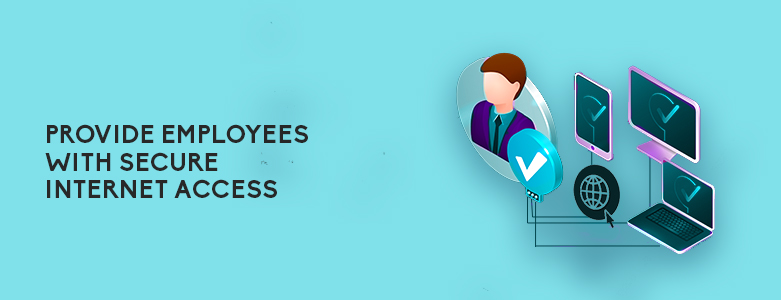How do you prevent a data breach in remote work?
-
- Provide employees with secure internet access
- Protect remote workers’ devices
- Utilize multi-factor authentication
- Add a layer of protection for work emails
- Take a zero-trust security approach
- Educate your workers about cybersecurity
-
A data breach can be done by a hacker by physically accessing a computer or penetrating your network remotely. With employees spread out in different locations during remote work, the possibility of your company information being leaked is high. But the good news is, there are some things you can do to prevent this incident—one of them is having secure remote access solutions. If you want to know how to prevent a data breach in remote work, keep on reading.
Provide Employees With Secure Internet Access
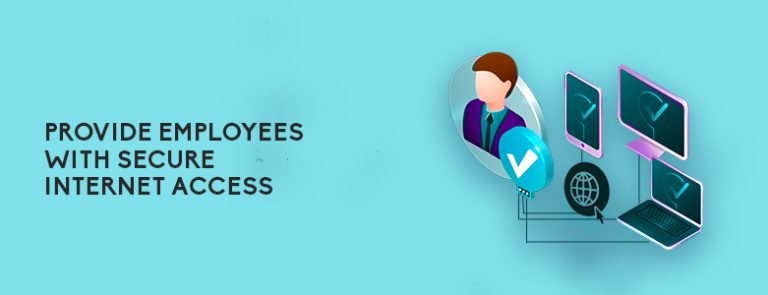
With cloud-hosted and software as a service (SaaS) applications, your remote workers need a stable online connection. But other than that, they also need secure internet access. This is the reason why most companies look for IT solutions such as Citrix Secure Internet Access (SIA). It provides a secure way to access applications, the web, and SaaS for their workers no matter where they may be.
This comprehensive security tool can protect corporate data when users are accessing web and cloud applications. It includes features such as data loss prevention, intrusion detection and prevention, secure web gateway, cloud access security broker, and malware protection with sandboxing.
Protect Remote Workers’ Devices
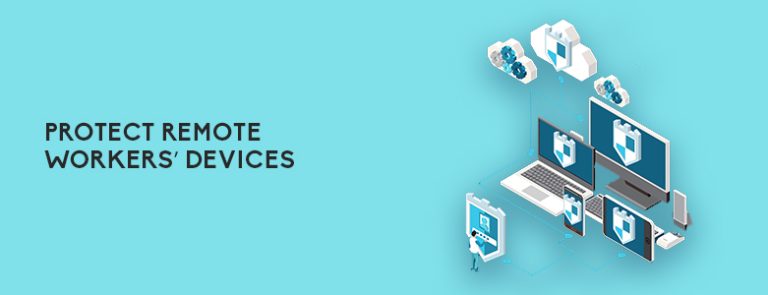
Because most of the malware that comprises a remote worker’s device comes from the web, it is important to upgrade endpoint security for your organization. Whether your workers are using company-distributed laptops or personal computers, it is not easy to monitor your employees’ activities 24/7 especially if they’re working remotely. Because of that, you leave your network vulnerable to hidden risks.
But because Citrix SIA acts as a proxy to inspect all internet traffic—whether it’s personal or work-related—you can reduce the risks of malware attacks to your network. Aside from this, it also quickly blocks malicious activities recorded on Citrix’s database of threats. This way, you can prevent data breaches even when your employees use their personal devices to access company information.
Utilize Multi-Factor Authentication
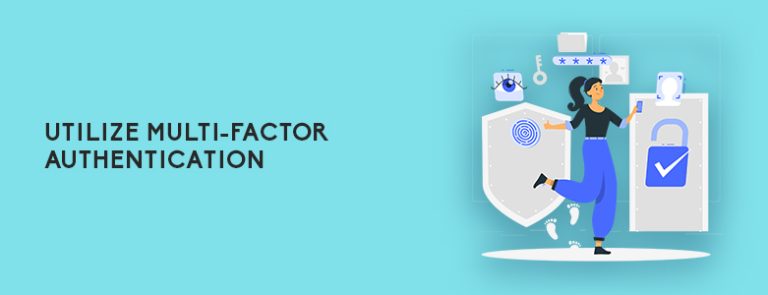
Whether you’re logging in to the company network in the physical office or in a remote location, you need an added layer of security before your employees can access corporate information. With only usernames and passwords, cybercriminals may have the potential to gain unauthorized access to your data. That’s why implementing multi-factor authentication is recommended, so you can make it difficult for hackers to gain entry into your network.
MFA requires additional steps in addition to usernames and passwords when logging in to the company network. This might include one-time-passwords, fingerprints or token-generating hardware. Some also make use of risk-based authentication to restrict access during off-hours. In some cases, the location of the user is also considered.
Add A Layer Of Protection For Work Emails
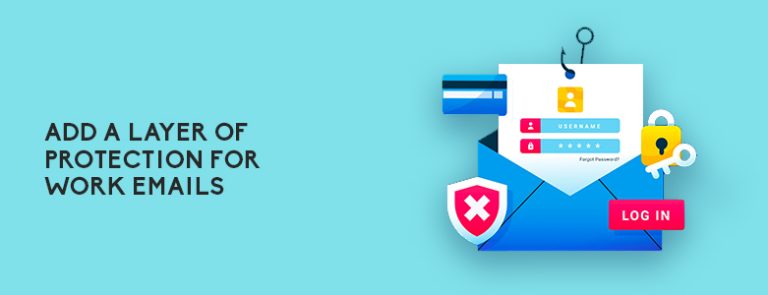
Another way hackers can perform a successful data breach is through phishing attacks. This involves the use of fake websites and emails that are made to look like the original. It tricks the recipient into clicking malicious links or providing sensitive information such as company passwords. In the “Bogus Invoice Scheme,” for example, a hacker utilizes a fake invoice from a partner establishment to trick your staff into sending payments.
While employee education and two-factor authentication are key strategies to prevent phishing attacks, security software products like Trend Micro Email Security can also safeguard you from these incidents. It analyzes email senders, double checks content, protects from malicious malware and URL, and helps detect unusual behavior as well.
Take A Zero-Trust Security Approach
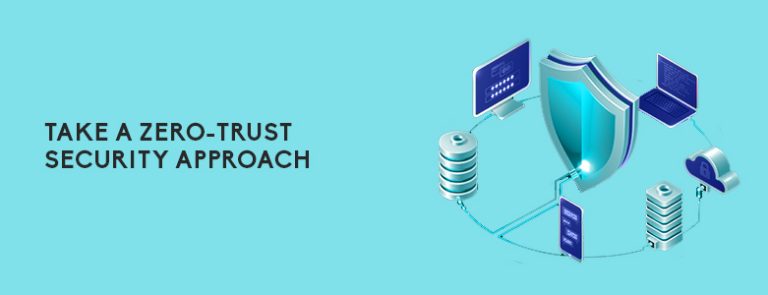
Not all your employees need access to sensitive information such as customer data. If you’re not mindful when granting permission, you might be leaving your database exposed to insider data leaks—whether it is done voluntarily or involuntarily. This is where a cybersecurity strategy comes in.
With a Zero-Trust security approach, you’re essentially treating all online activities and access requests as malicious—even when it’s coming from inside your network. This allows you to put additional security measures, verification, and authentication steps into the process which is important if you want to prevent unauthorized use of company information.
Educate Your Workers About Cybersecurity
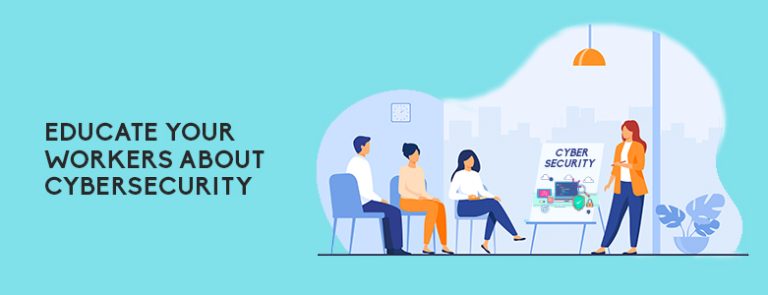
If you want to prevent data breaches during remote work, you shouldn’t forget to educate and train your employees. With direct access to your network, they’re also the most vulnerable when it comes to security. In addition to IT solutions, this can go a long way in preventing data loss.
For example, one of the practices they should adopt is only using the work device for work purposes to reduce access to malicious sites. It’s also recommended to avoid sharing sensitive information through emails and know how to spot phishing emails firsthand.
Other than that, training them on best password practices is a must. That means using complex passwords that combine uppercase letters, lowercase letters, symbols, and numbers. Avoiding repetition of passwords and creating a unique one for each account is also recommended.
Key Takeaway
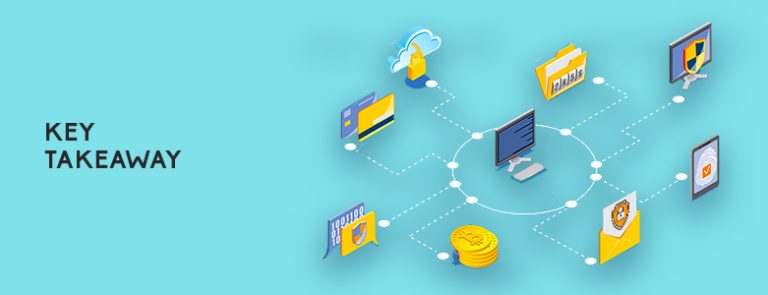
When your company information is stolen, it doesn’t just affect you as an organization. It also compromises your customer’s personal data such as names, addresses, and credit card numbers. In the worst-case scenario, it can also lead to loss of money. For these reasons you should know how to prevent a data breach in remote work to provide comprehensive and reliable cybersecurity.
If you’re interested in CT Link’s security solutions for cloud setup and remote work, you can send us a message!

